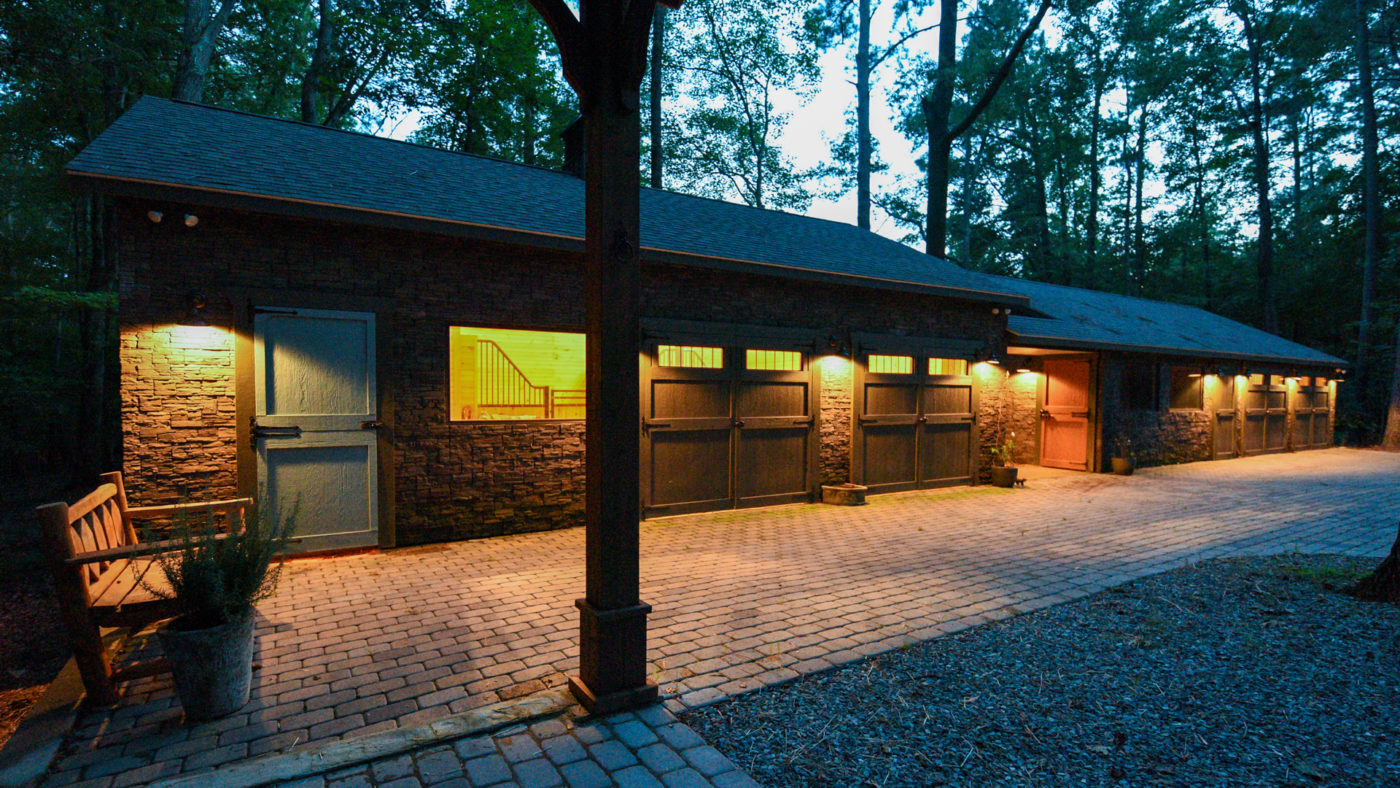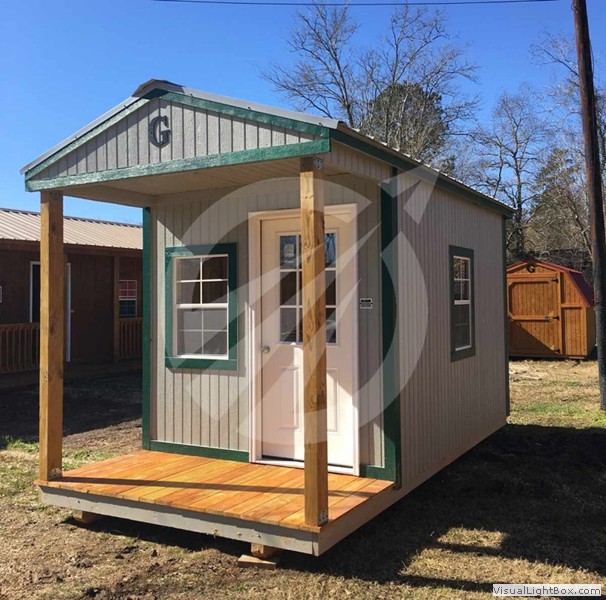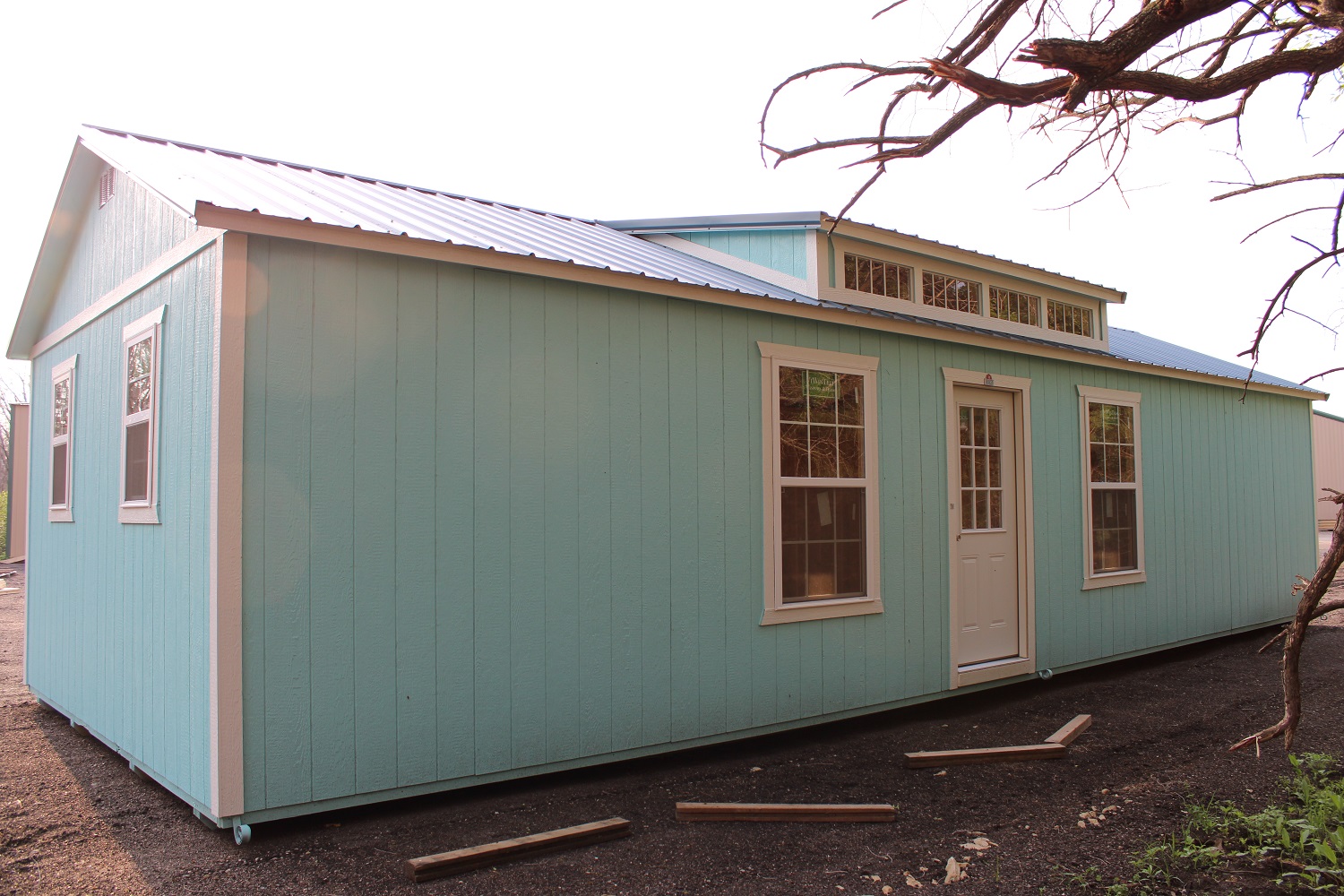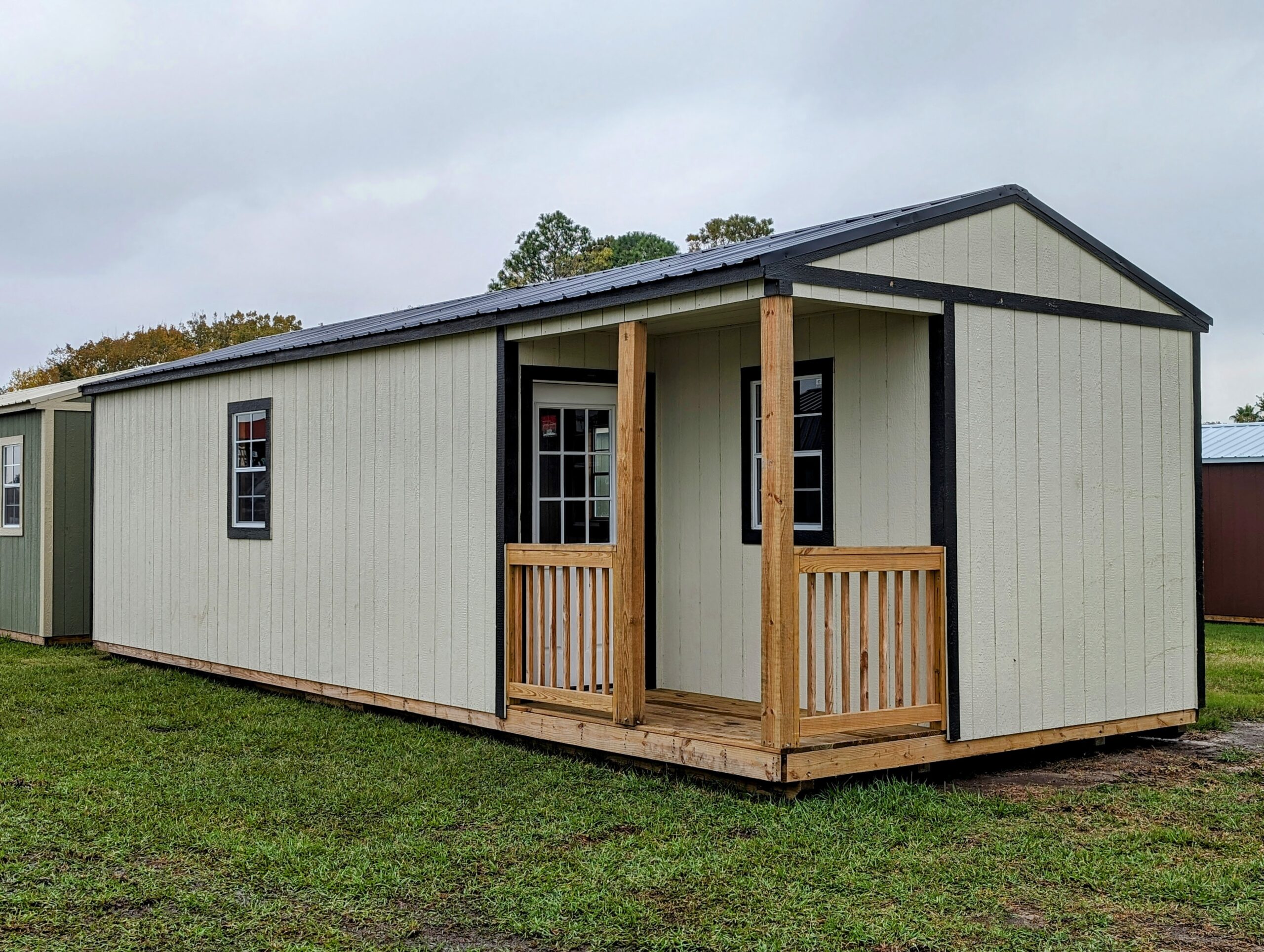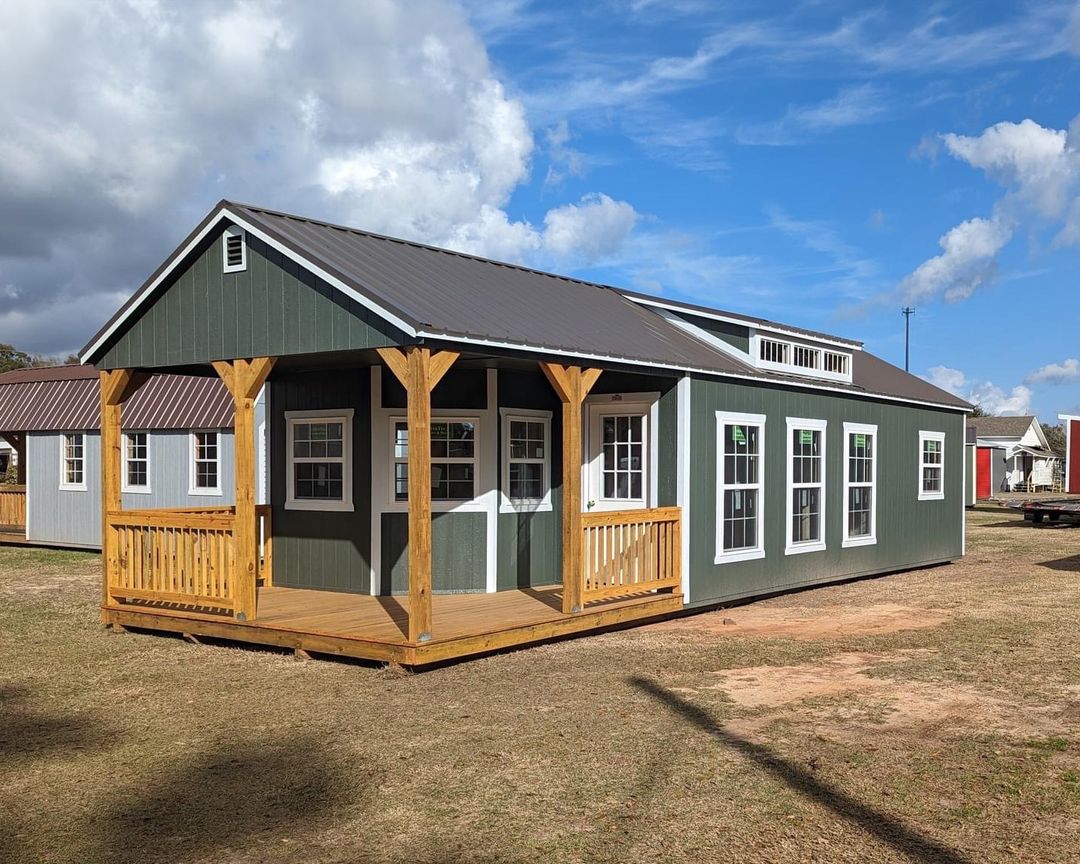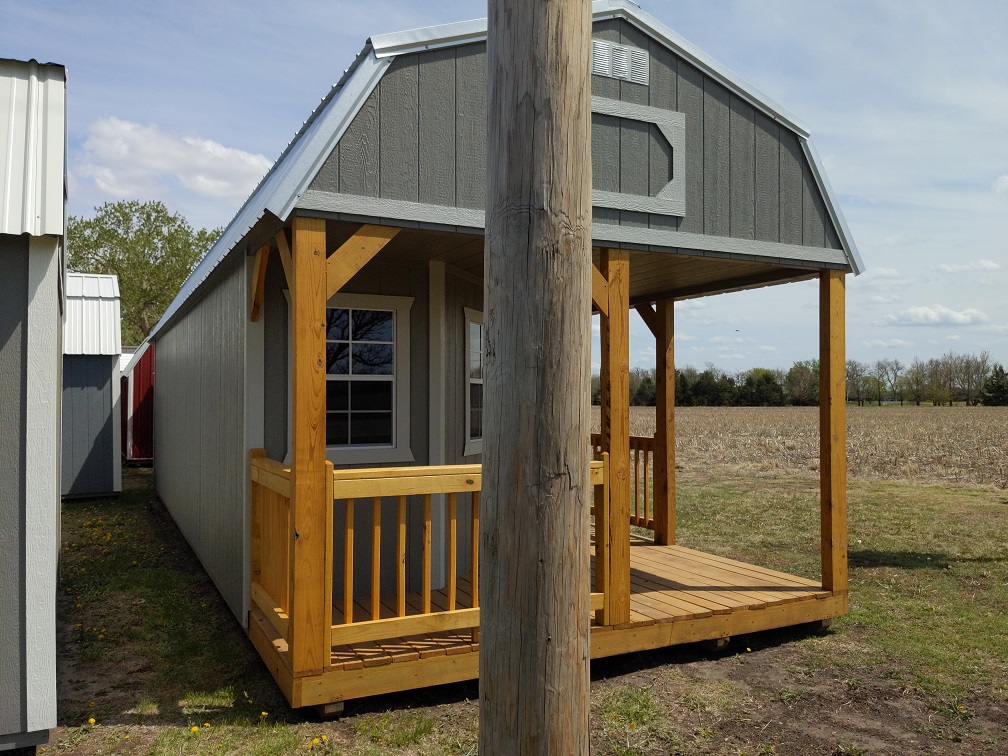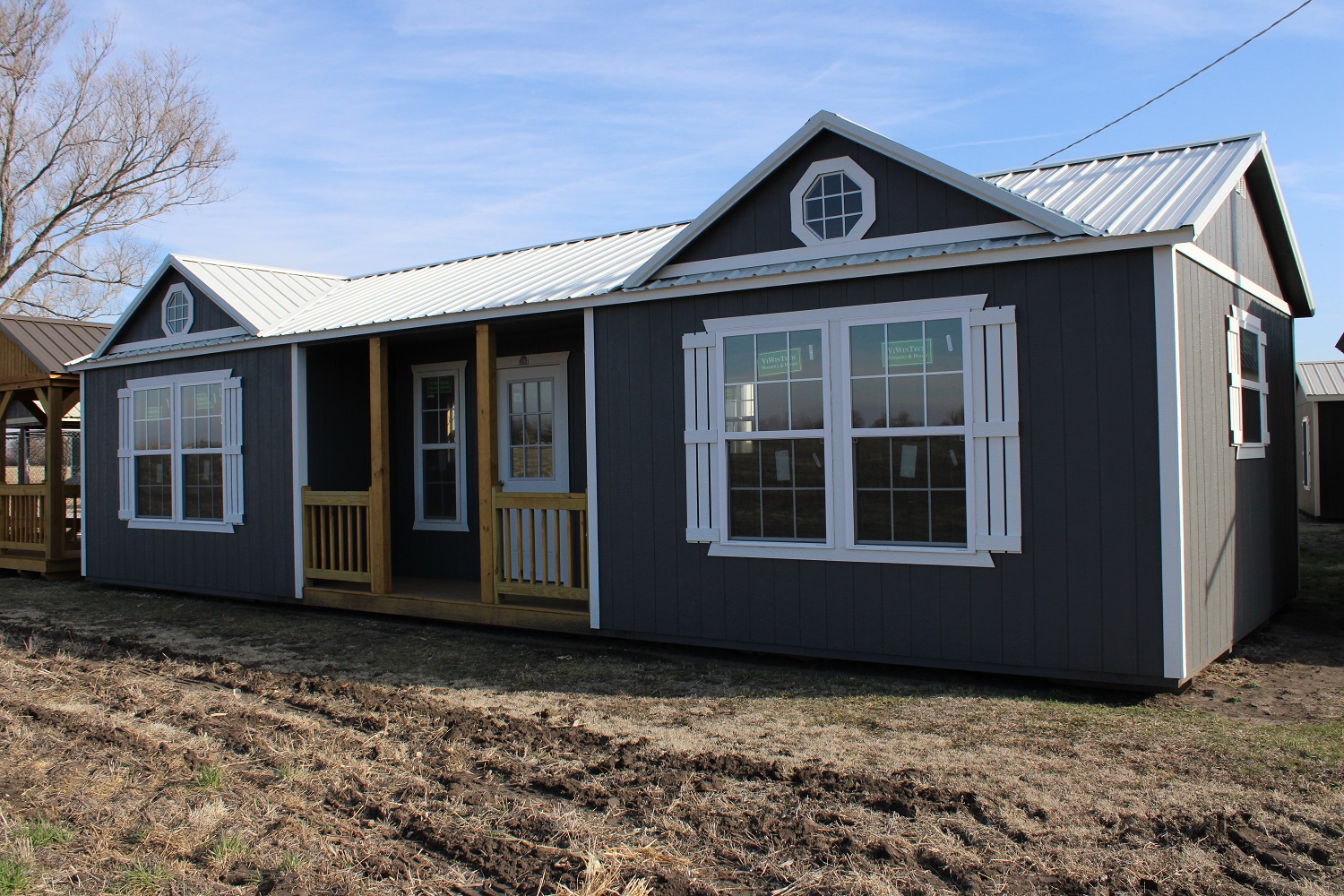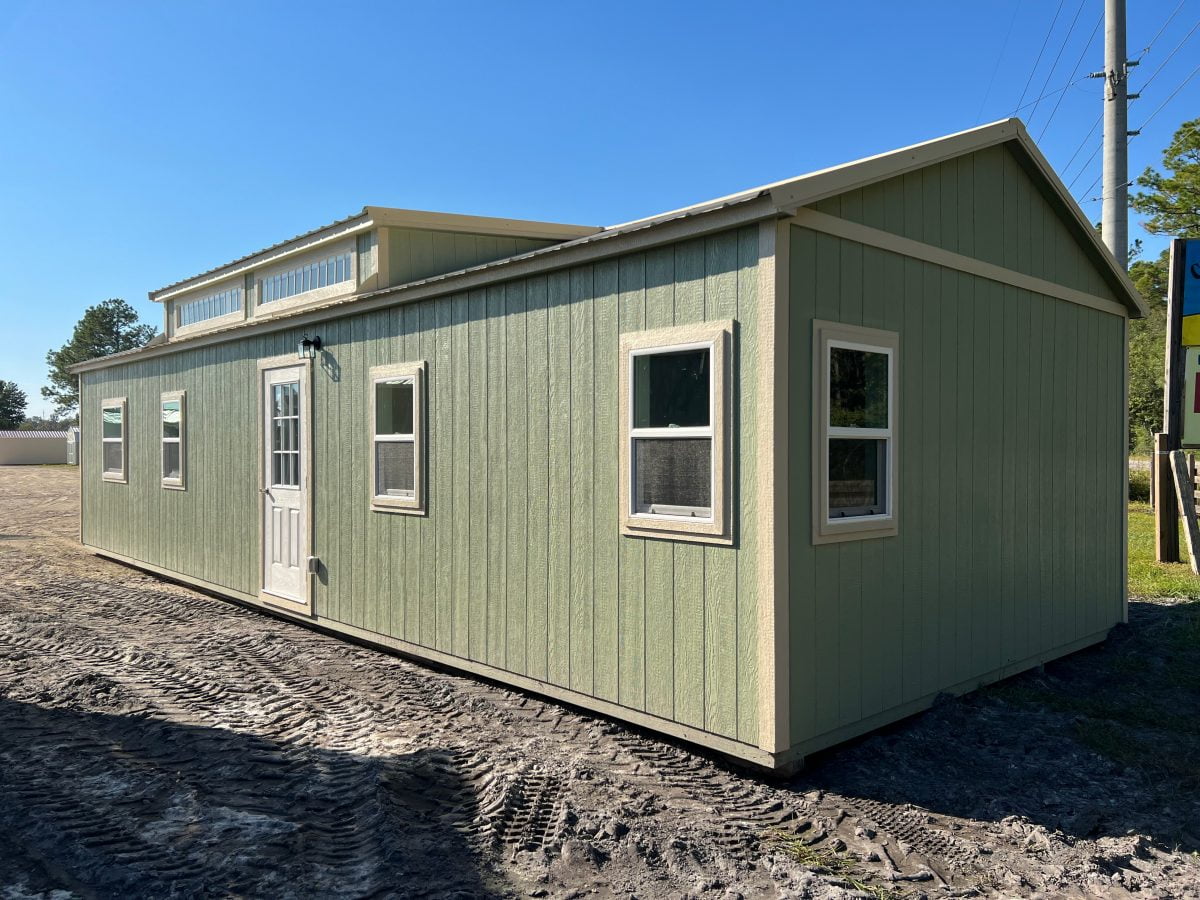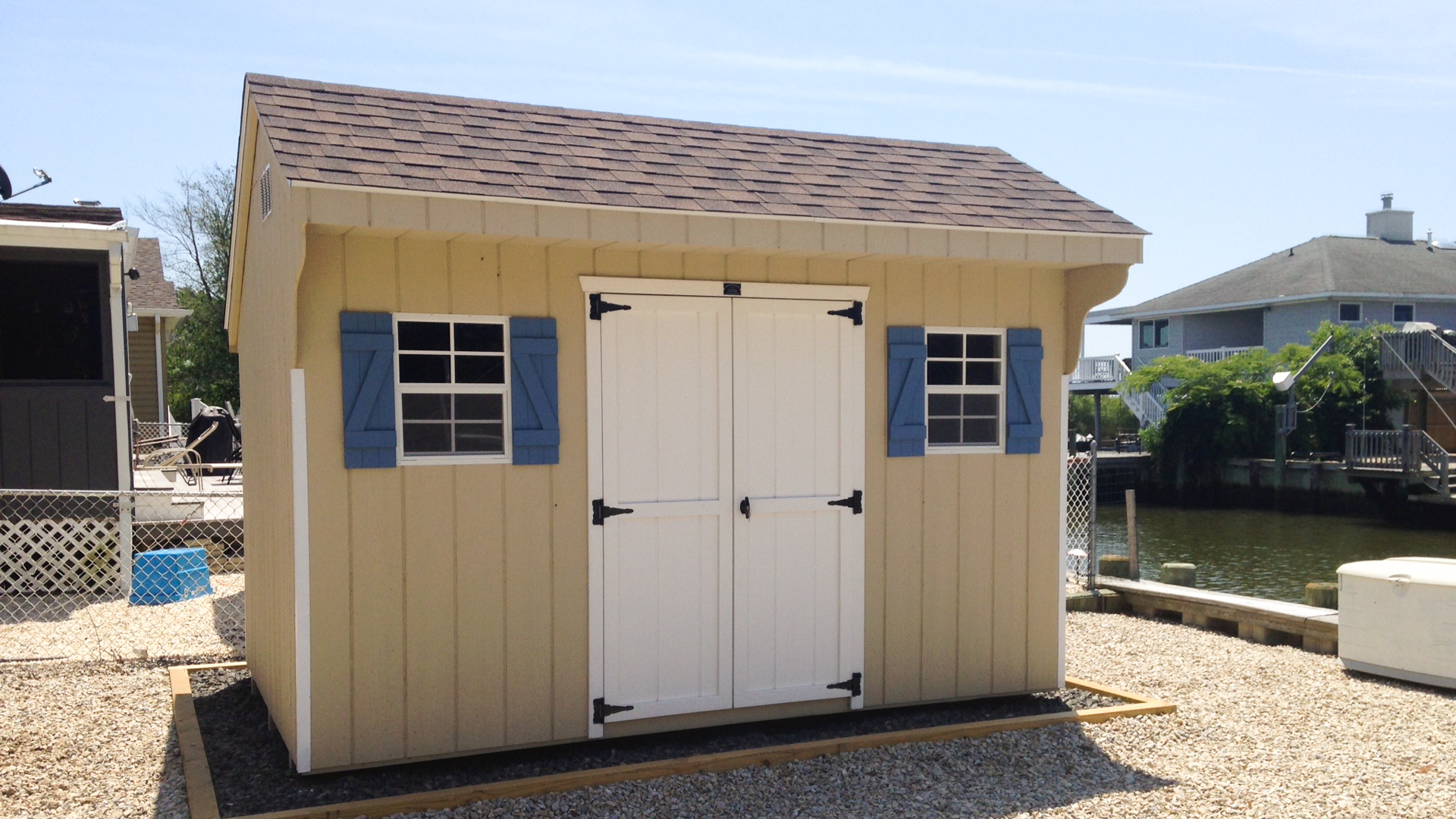Portable Buildings With Electric And Plumbing
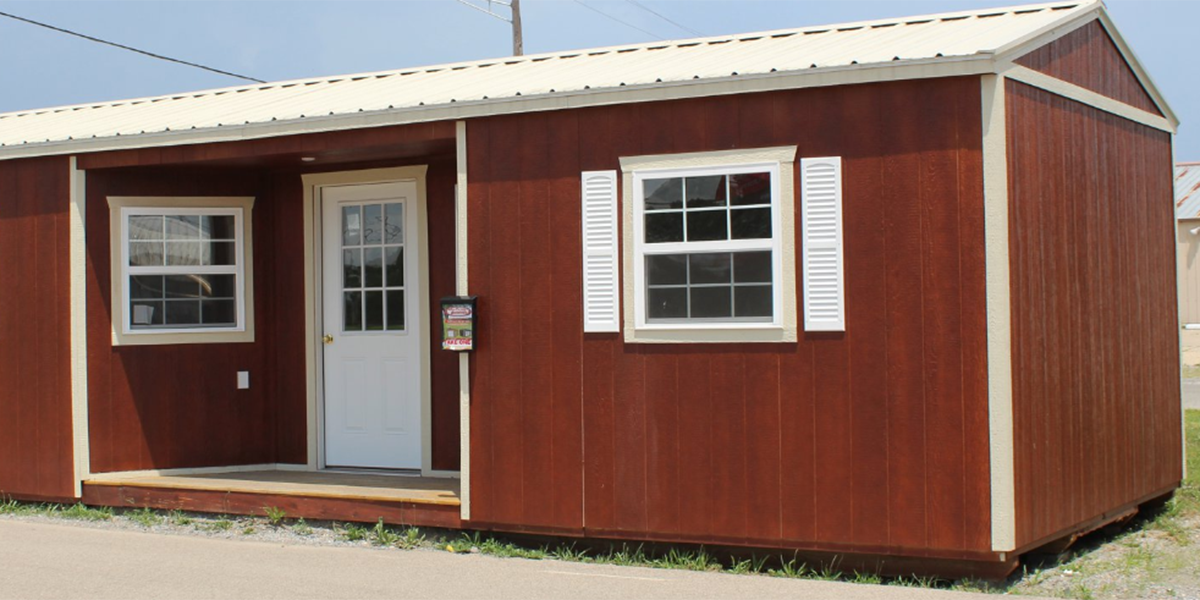
Imagine a crisp autumn morning, the scent of damp earth and turning leaves filling the air. A construction crew bustles around a site, not erecting walls brick by brick, but gently lowering a complete, fully-functional building onto a prepared foundation. Inside, gleaming stainless steel appliances await, ready for the first cup of coffee to be brewed, while outside, connections are seamlessly made, bringing water and power to this instant haven. This isn't science fiction; it's the burgeoning reality of portable buildings with electric and plumbing, transforming how we live, work, and adapt to changing needs.
At the heart of this revolution is the convergence of innovative design, efficient manufacturing, and a growing demand for flexible, sustainable, and affordable space solutions. These aren't your grandfather's dusty, cramped trailers. We are talking about sophisticated structures, equipped with all the comforts of a traditional building, from climate control to fully plumbed bathrooms and kitchens, all while retaining the unique advantage of mobility.
The Rise of Plug-and-Play Architecture
The concept of portable buildings isn't new, of course. But the addition of comprehensive electrical and plumbing systems has elevated them from temporary solutions to legitimate alternatives to traditional construction. What was once primarily utilized for construction site offices or emergency shelters is now finding its way into diverse applications, from backyard studios and guest houses to retail spaces and even affordable housing initiatives.
A History of Mobility: From Trailers to Modern Modulars
The lineage of these portable structures can be traced back to the early 20th century with the advent of travel trailers and mobile homes. These early models, while offering a degree of mobility, often lacked the amenities and structural integrity of permanent buildings. The post-World War II era saw a surge in demand for affordable housing, which fueled the growth of the manufactured home industry. However, these homes, while more advanced, were often still perceived as a lower-quality alternative to traditional construction.
The turning point came with advancements in materials science and modular construction techniques. Today, manufacturers can create portable buildings that meet or even exceed building codes for traditional structures, using sustainable materials and energy-efficient designs. Pre-wiring and pre-plumbing within the factory setting allows for faster and more controlled installation, reducing waste and minimizing on-site disruption.
The Plumbing Advantage: Comfort and Convenience on Demand
The integration of plumbing systems represents a significant leap forward. These buildings aren't just boxes; they are self-contained units capable of providing the same amenities as a traditional home or office. Imagine a backyard office, complete with a kitchenette and bathroom, offering a private and comfortable workspace separate from the main house.
Portable buildings with plumbing also offer solutions for disaster relief and temporary housing. Quick deployment and connection to existing utilities or self-contained water and waste systems provides immediate comfort and sanitation to those in need. This has huge implications for communities affected by natural disasters, offering a rapid and dignified solution to displacement.
Electrifying Possibilities: Powering Innovation and Flexibility
Equally crucial is the integration of sophisticated electrical systems. No longer are portable buildings limited to basic lighting and outlets. Modern units feature advanced wiring, energy-efficient appliances, and even smart home technology. This allows for seamless integration with renewable energy sources like solar panels, making them even more sustainable and self-sufficient.
This electrical infrastructure unlocks a range of possibilities. From high-tech offices with reliable power for computer systems to fully equipped kitchens with modern appliances, these buildings can support a variety of functions. The pre-installed electrical systems also ensure safety and compliance with electrical codes, eliminating the need for extensive on-site wiring and reducing the risk of electrical hazards.
Applications Across Industries
The versatility of these structures is evident in their growing adoption across various sectors.
Residential Expansion: Creating Space Without Disruption
For homeowners, portable buildings offer a hassle-free way to expand living space without the time and expense of traditional construction. Guest houses, home offices, studios, and even tiny homes can be quickly installed, providing additional space for growing families or specialized needs. Because they're built off-site, construction noise and debris are minimized, preserving the peace and tranquility of the existing property.
The ease of installation and potential for relocation also makes them an attractive option for those seeking a flexible living arrangement. As families grow and needs change, the portable building can be adapted or even moved to a new location, offering a level of adaptability that traditional construction simply cannot match.
Commercial Ventures: Fast, Flexible, and Functional
Businesses are also discovering the benefits of portable buildings. Retail stores, pop-up shops, and even restaurant kitchens can be quickly established using these modular units. The ability to customize the interior and exterior allows businesses to create a branded space that reflects their unique identity.
Construction sites continue to be a major beneficiary. Portable offices with plumbing and electrical systems provide a comfortable and functional workspace for project managers, engineers, and other personnel. These buildings can be easily relocated as the construction project progresses, ensuring that the team has the necessary resources wherever they are needed.
Disaster Relief and Emergency Response: A Swift and Secure Solution
In times of crisis, portable buildings offer a rapid and effective solution for providing shelter, medical care, and other essential services. Equipped with plumbing and electrical systems, these units can be quickly deployed to disaster-stricken areas, offering immediate relief to those in need.
Field hospitals, temporary housing, and command centers can be established in a matter of days, providing a critical lifeline to communities affected by natural disasters. The ability to connect to existing utilities or operate independently with generators and water tanks makes them a versatile and reliable solution in emergency situations.
Sustainability and the Future of Portable Buildings
The environmental impact of construction is a growing concern, and portable buildings offer a more sustainable alternative to traditional building methods. Because they are built in a controlled factory environment, waste is minimized and materials are used more efficiently.
Many manufacturers are also incorporating sustainable materials and energy-efficient technologies into their designs. From recycled steel and reclaimed wood to solar panels and water-saving fixtures, these buildings are becoming increasingly eco-friendly. The smaller footprint and reduced construction time also contribute to a lower overall environmental impact.
Looking ahead, the future of portable buildings is bright. Advancements in 3D printing and other innovative technologies are poised to further revolutionize the industry. Imagine customized buildings printed on demand, tailored to specific needs and preferences. The possibilities are endless.
The ongoing movement toward tiny homes and minimalist living is also driving demand for portable buildings. As people seek simpler, more sustainable lifestyles, these buildings offer an affordable and adaptable solution.
"The convergence of technology, sustainability, and affordability is making portable buildings an increasingly attractive option for a wide range of applications," says John Smith, president of the Modular Building Institute, a leading industry association. "We're seeing a growing awareness of the benefits of modular construction, and we expect this trend to continue."
Embracing a New Paradigm
The evolution of portable buildings with electric and plumbing represents a significant shift in how we think about construction and space utilization. It's about embracing flexibility, sustainability, and affordability, while not sacrificing comfort or functionality. These buildings are more than just temporary shelters; they are thoughtfully designed, technologically advanced, and environmentally conscious solutions that are transforming the way we live, work, and adapt to the ever-changing needs of our world.
As we move forward, it's clear that portable buildings will play an increasingly important role in addressing housing shortages, supporting businesses, and providing relief in times of crisis. They are a testament to the power of innovation and the human desire to create solutions that are both practical and sustainable.
Perhaps the most compelling aspect of this movement is the empowerment it offers. The ability to create a personalized space, quickly and affordably, opens up new possibilities for individuals and communities alike. It's about taking control of our environment and shaping it to meet our unique needs, wherever we may be.

